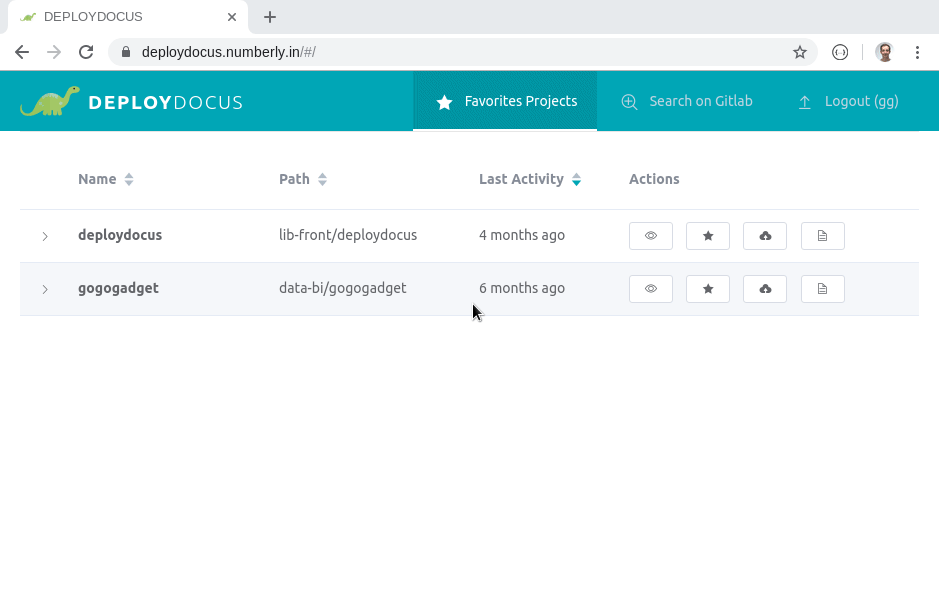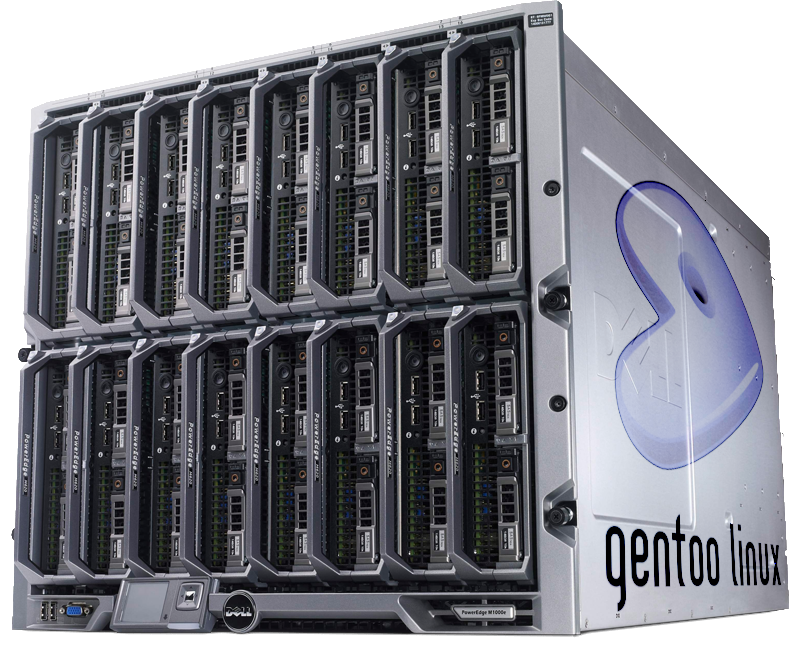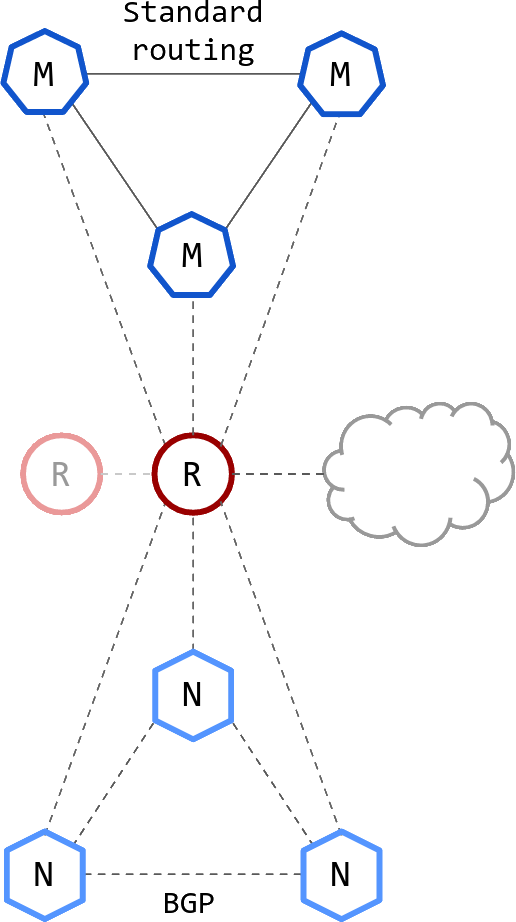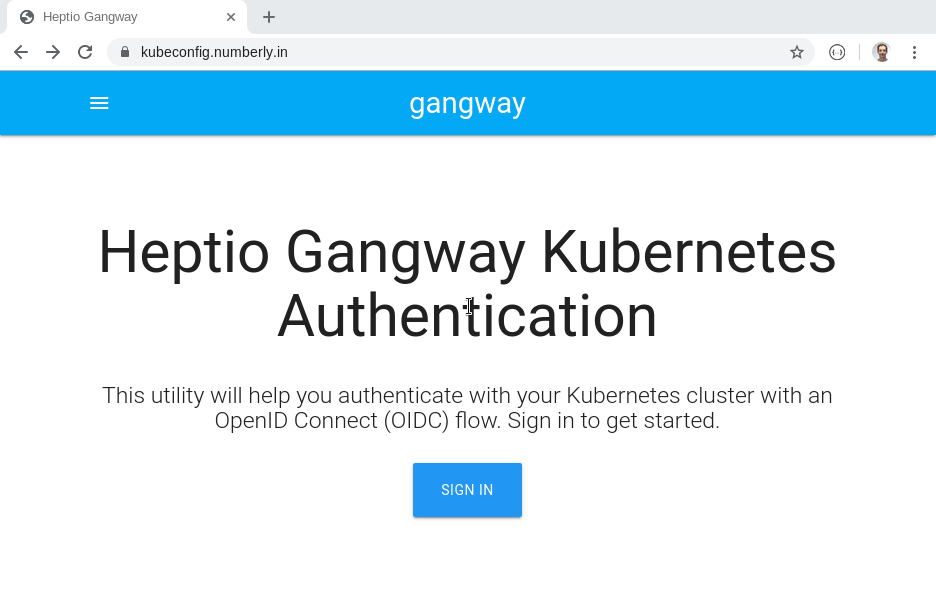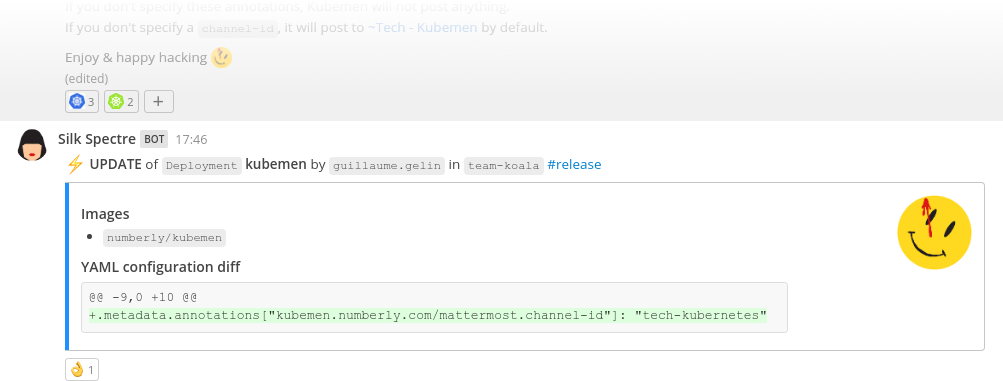Everything you want to know about Kubernetes, preferably before using it
By Guillaume Gelin
Everything you want to know about Kubernetes, preferably before using it
There is a lot of hype about Kubernetes those days, but do you know what Kubernetes really gives you, out of the box? Not as much as you might expect. « Kubernetes is a platform for building platforms. It's a better place to start; not the endgame. » Kelsey Hightower (Developer Advocate at Google) In this talk, I will present my experience as a software engineer who started building a bare-metal Kubernetes cluster without much knowledge in networking or other low-level infrastructure concepts, but with a developer background and mindset that ended up being quite useful.





